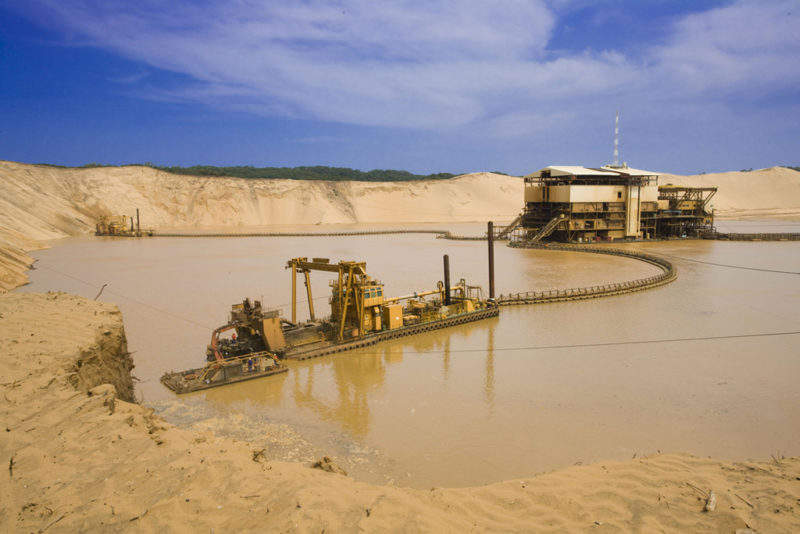
Rio Tinto has announced its results for the third quarter of 2018, which have revealed declines in production and shipments of iron ore in the wake of three fatalities in the last two years at the company’s operations.
Lee Buzzard was killed in 2016 while performing maintenance on a drill head at the Channer Mine in Pilbara, Western Australia, and truck driver Daniel Patterson died in August this year in a traffic accident at the same mine. A security guard was also killed at the Rio Tinto-owned Richards Bay Minerals operation in South Africa following local protests against the mine.
These incidents have forced Rio Tinto to use what it calls “safety pauses” to re-evaluate worker safety at its operations.
The pauses have resulted in a slight decline in the company’s production, ending four consecutive quarters of positive growth for the miner. Production of iron ore in the Pilbara region reached 82.5m tonnes, down 3% on figures from the same period last year, and iron ore shipments from the region totalled 81.9m tonnes, 5% lower than the previous year.
The company’s aluminium production also dropped, although to a lesser extent. Rio Tinto produced 12.7m tonnes of bauxite in the third quarter of this year, a fall of 1% from the previous year, and alumina production reached 1.9m tonnes, also down 1% on last year’s total.
Production at the Sangaredi bauxite mine in Guinea saw a significant decrease in production of 24%, although the company argued that expansion works at the operation temporarily undermined production.
How well do you really know your competitors?
Access the most comprehensive Company Profiles on the market, powered by GlobalData. Save hours of research. Gain competitive edge.

Thank you!
Your download email will arrive shortly
Not ready to buy yet? Download a free sample
We are confident about the unique quality of our Company Profiles. However, we want you to make the most beneficial decision for your business, so we offer a free sample that you can download by submitting the below form
By GlobalDataThe company’s copper production, however, recorded significant growth, with production at the Kennecott mine in Utah increasing 129% from last year’s figures, to a total of 59,100 tonnes.
“Mined copper production in the third quarter of 2018 was significantly higher than the third quarter of 2017 as mining activity continued in a higher grade area of the pit, coupled with productivity improvements and increased plant throughput,” said Rio Tinto.
“The production profile is expected to experience increased variation in grade as operations mine in lower levels of the pit, together with waste stripping related to the south wall pushback expansion.”
Mining Technology’s Mining Safety content is supported by USA mining safety specialists Carroll Technologies Group.



